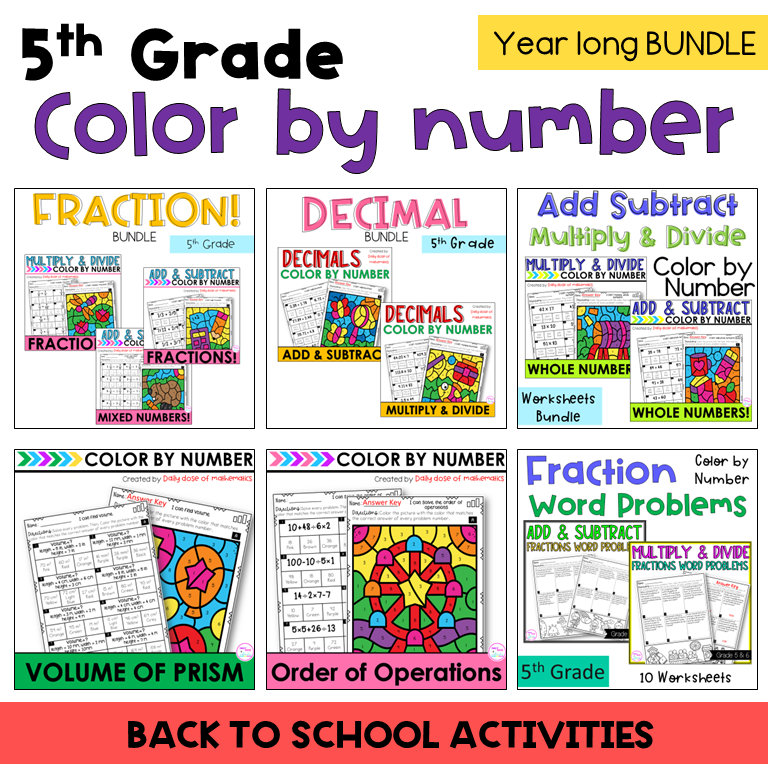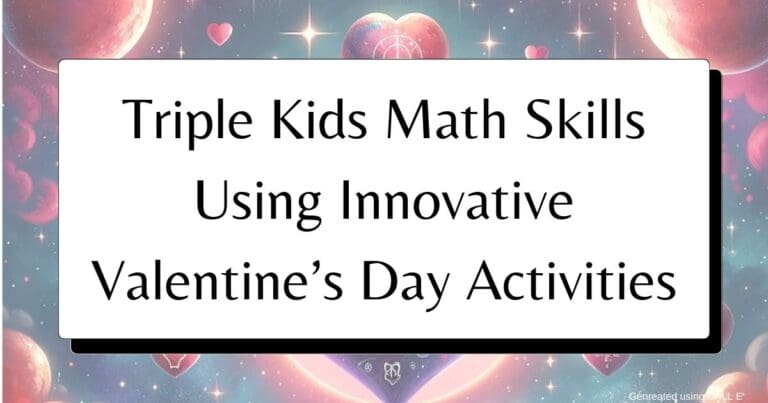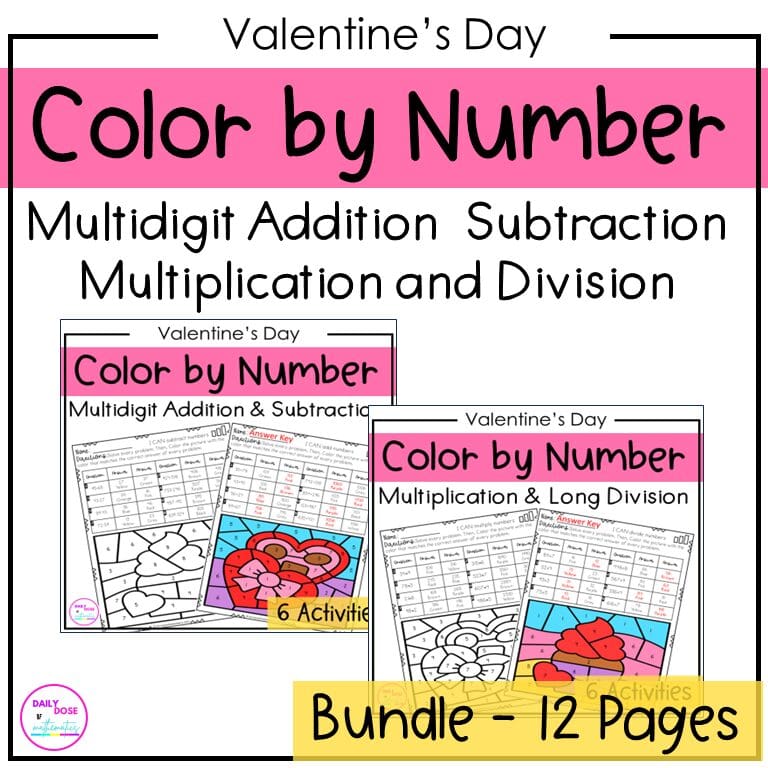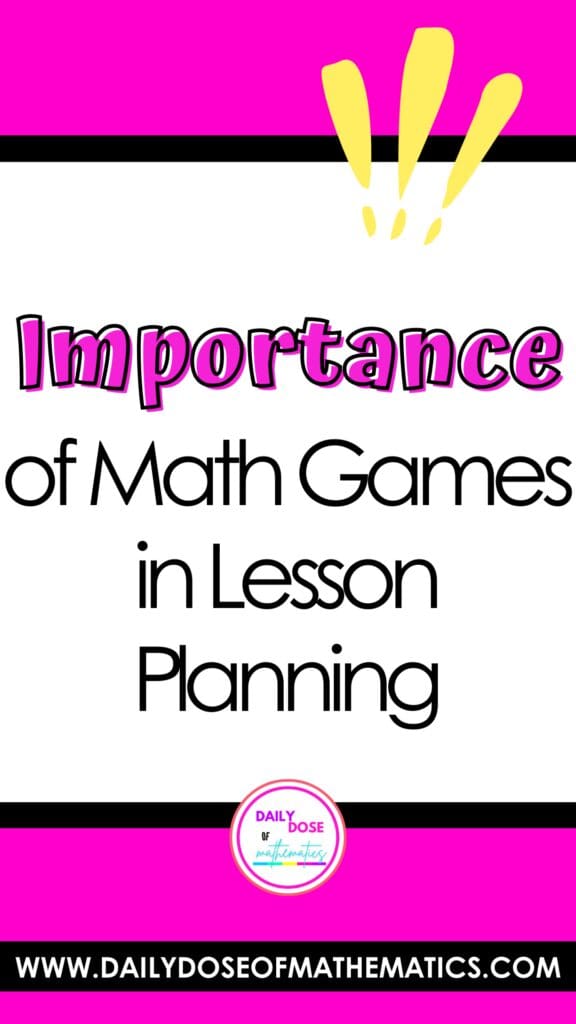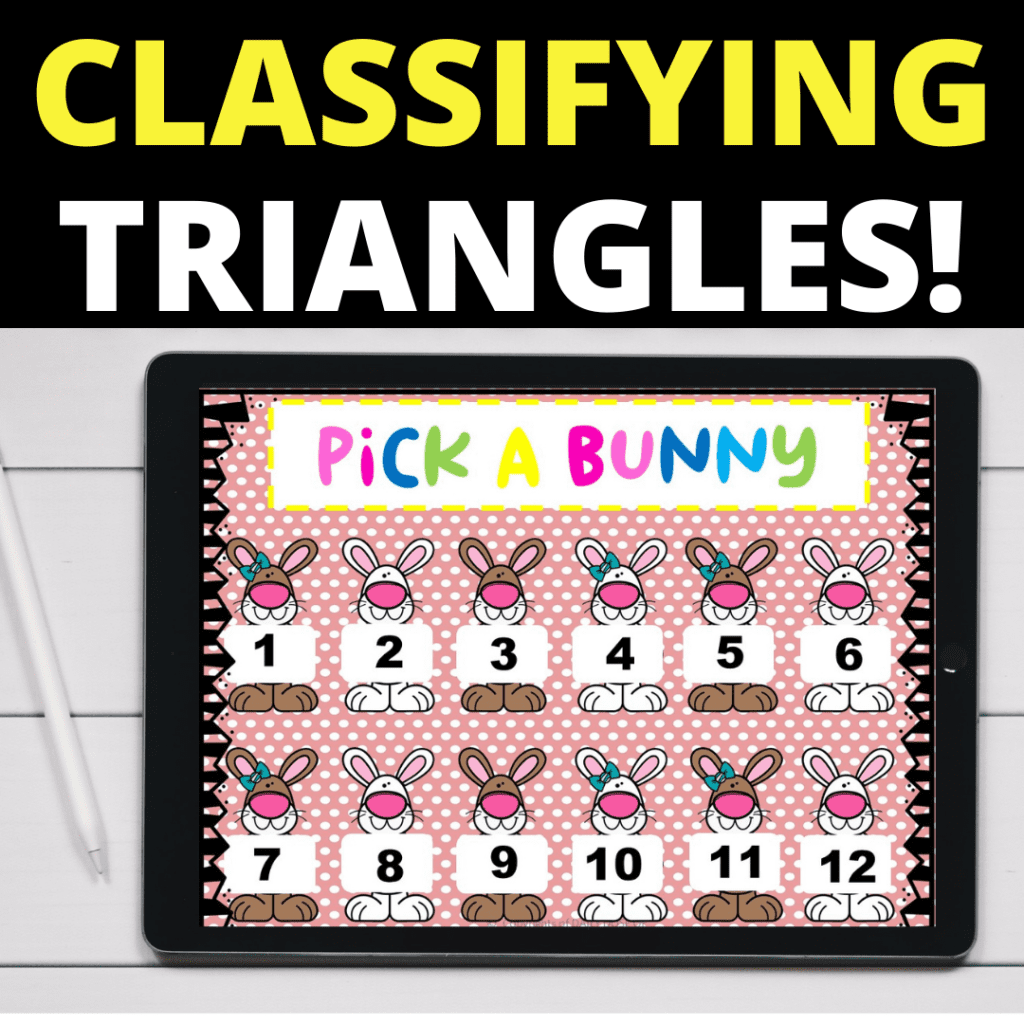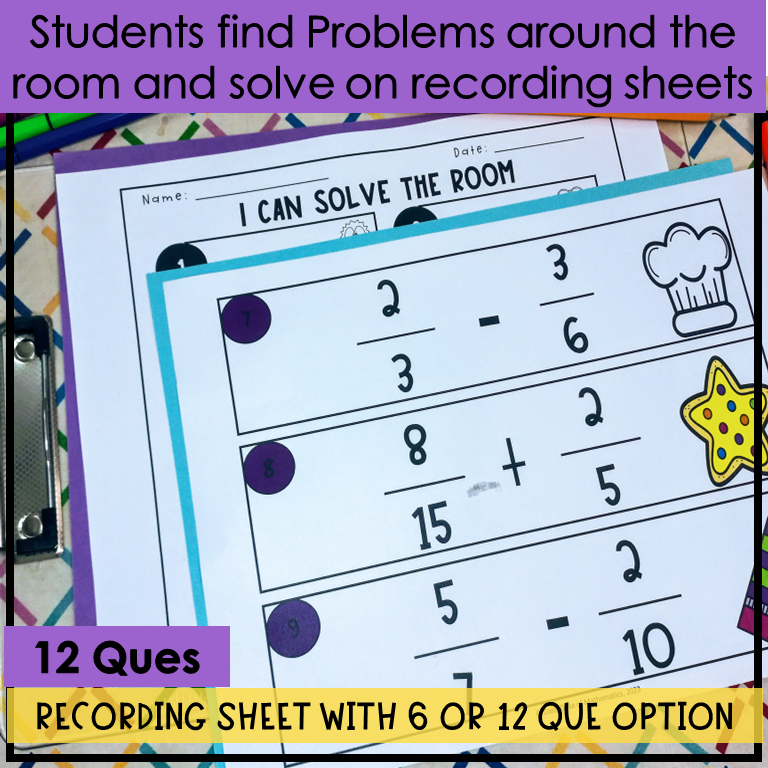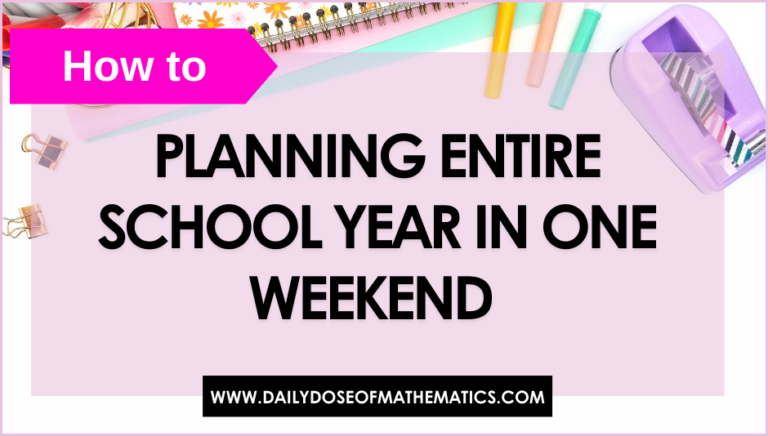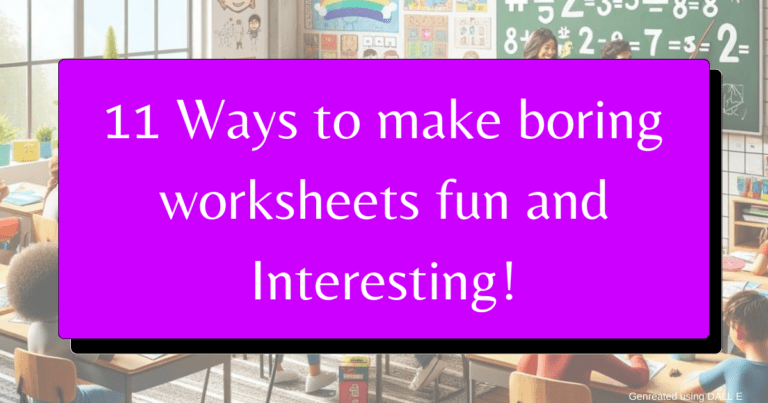How to Use a Teacher Planner PDF to Streamline Your School Routine Now
We all know how teachers are juggling lesson plans, grading tests, meetings, and trying to manage personal time can be exhausting. That is why a teacher planner pdf should be a necessary tool in every teacher’s toolbox.
Honestly, a well-organized planner can be your best friend in creating a streamlined and well organized daily school routine.
In this blog post, we’ll explore how you can effectively use a teacher planner to bring order to your busy school days.
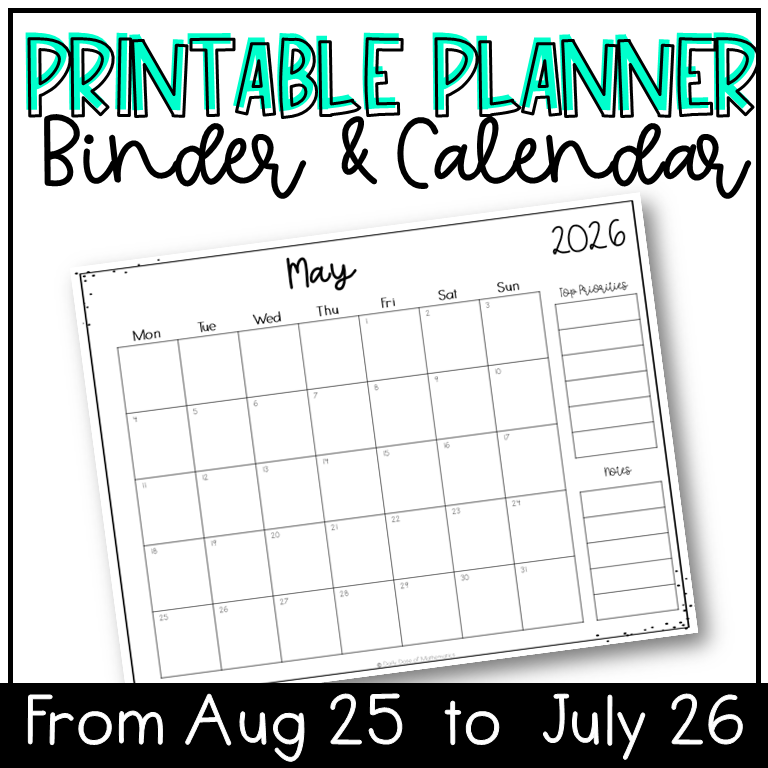
Why a Teacher Planner?
That’s a very interesting question, but before we address the “how,” let’s first discuss the “why.”
A teacher planner isn’t just a notebook; it’s a comprehensive tool designed to help you manage your time, tasks, and priorities.
Not only this it also offers a common place to keep track of your lesson plans, schedules, student progress, and administrative tasks so you can have everything in one place.
Think of it as a hub for all your day to day activities.
This drastically reduces the stress about missing deadlines and increases productivity.
The result: you get to have more time doing what you LOVE, aka actual “Teaching” not just paper work or admin tasks.
Step 1: Set Up Your Teacher Planner PDF
Choose the Right Planner: First, select a planner that fits your needs. Look for one that includes sections for daily and weekly planning, monthly overviews, and room for notes.
Ensure it has enough space to write detailed plans and record important dates.
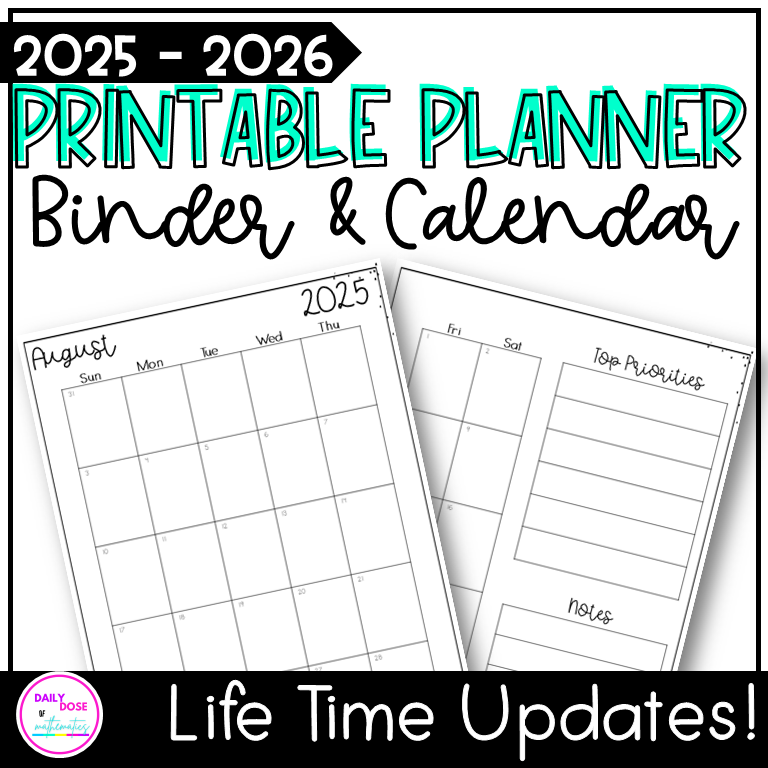
Personalize It: Add tabs for quick access to different sections.
Use color-coded stickers or highlighters to differentiate between various tasks and priorities. Personalizing your planner makes it more enjoyable to use and easier to navigate.
Step 2: Map Out Your School Year
Annual Overview: Start by filling out the annual overview section. Mark important dates such as holidays, professional development days, parent-teacher conferences, and end-of-term deadlines.
This gives you a big-picture view of the school year and helps you plan ahead.
Monthly Breakdown: For each month, break down the key events and deadlines into manageable chunks. This might include units of study, major projects, and assessment periods. Having a monthly plan helps you stay on track and makes sure you don’t miss important events.
Step 3: Weekly Planning
Weekly Layout: At the beginning of each week make sure to spend a few minutes planning your schedule. Outline your goals for the week, both professional and personal. Plan specific times when you will be doing lesson planning, grading student work, and completing admin tasks.

Prioritize Tasks: List your tasks in order of priority. Focus on the most important tasks first, such as lesson planning and student assessments.
If in doubt and not able to decide what to focus on, use the Eisenhower Matrix (urgent vs. important) to help prioritize your tasks more effectively.
Flexible Scheduling: While planning is essential, flexibility is key. Teachers always remember to leave some free time in your schedule for unexpected events or tasks that arise from time to time and need to be done asap.
This will help you adapt to changes without feeling overwhelmed in the long run.
Step 4: Daily Routine with Teacher Planner PDF
Morning Routine: Start each day by reviewing your planner. Check the day’s schedule and tasks, and make any necessary adjustments. A quick morning review helps set the tone for a productive day.
Lesson Planning: Use the daily sections of your planner to jot down detailed lesson plans. Include objectives, materials needed, and key points to cover. This keeps your lessons organized and ensures you’re prepared for each class.
Task Management: Throughout the day, refer to your teacher planner to stay on track with tasks. Tick off completed tasks and make notes of any new ones that arise. This not only keeps you organized but also gives a sense of accomplishment.

Step 5: Reflect and Adjust
End-of-Day Review: At the end of each day, spend a few minutes reviewing what you completed that day. Note any tasks that need to be carried over to the next day. This reflection helps you understand your productivity patterns and make necessary adjustments.
Weekly Reflection: At the end of the week, review your planner to see what worked well and what didn’t. Use this insight to improve your planning for the following week. Reflecting on your successes and challenges helps you grow and adapt as a teacher.
Tips for Effective Use Teacher Planner PDF
Consistency is Key: Make using your planner a daily habit. Consistent use is crucial for reaping the benefits of an organized routine.
Stay Flexible: While a teacher planner pdf helps you stay organized, life can be unpredictable. Be flexible and willing to adjust your plans as needed.
Make It Enjoyable: Add a personal touch to your planner. Use colorful pens, stickers, and motivational quotes to make it a tool you enjoy using every day.
Leverage Technology: Combine your paper planner with digital tools. Sync your teacher planner pdf with your online calendar and set reminders for important tasks and deadlines.
Overall I would say a teacher planner is more than just a scheduling tool. It’s a powerful resource that can transform your daily routine.
By planning your year thoughtfully and mapping out your whole school year like planning weekly, managing daily tasks, and reflecting regularly, you can streamline your workflow and increase your teaching effectiveness.
But make sure to use it as a guide and not a strict rulebook. The key is consistency and flexibility. Happy planning!
Need some free math fraction activities to try in your classroom, Checkout this post!



